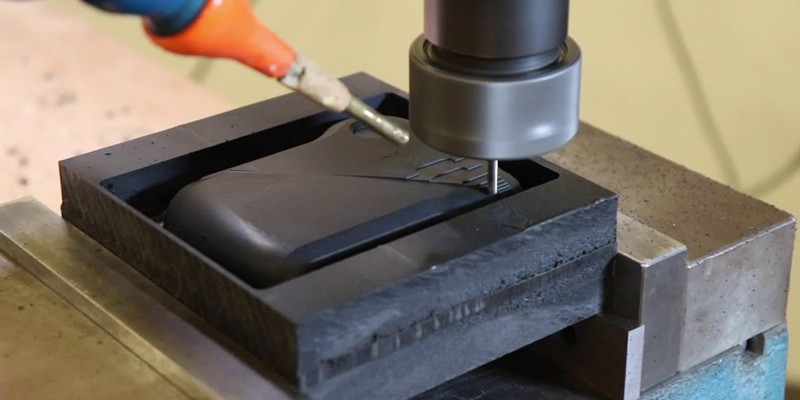
Glass fiber reinforced nylon is a nylon-based composite with glass fibers incorporated to improve material properties such as high strength, stiffness and thermal stability. It is a CNC machining material with unique machining properties that are worth discussing due to its growing industrial applications.
This article explains what glass fiber reinforced nylon is, what qualities it has, and what advantages and challenges exist in the machining process.
What is glass reinforced nylon?
Glass fiber reinforced nylon is a synthetic thermoplastic material based on polyamide (nylon) filled with glass fibers or powder particles. The addition of glass significantly improves the mechanical and thermal properties of the nylon material. For comparison: Some PA+GF variants are up to 80% stiffer than conventional nylon compounds.
Due to its favorable properties, it is widely used in the manufacturing industry in the development of products and consumer products and requires high-intensity applications such as in the automotive and electronics industries.
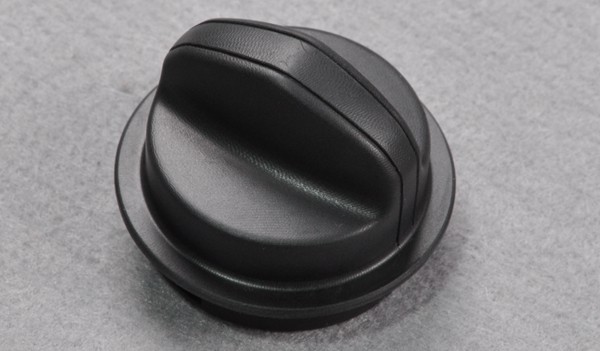
Properties of glass fiber reinforced nylon
Fiberglass-reinforced nylon has several impressive material properties that make it the preferred choice of engineering plastics in many industries. This section explains these properties in detail.
High tensile strength
Fiberglass reinforced nylon is a very durable plastic. Depending on the quality, PA+GF variants can have a tensile strength of up to 200 MPa. Furthermore, this also leads to other strength values such as high flexural strength and fatigue resistance.
Low thermal expansion
The thermal expansion of glass-reinforced nylon is significantly lower than that of nylon, which means it resists thermal deformation defects such as warping much better. For this reason, PA+GF grades are suitable for high temperature applications in the automotive industry and for components with electrical circuits.
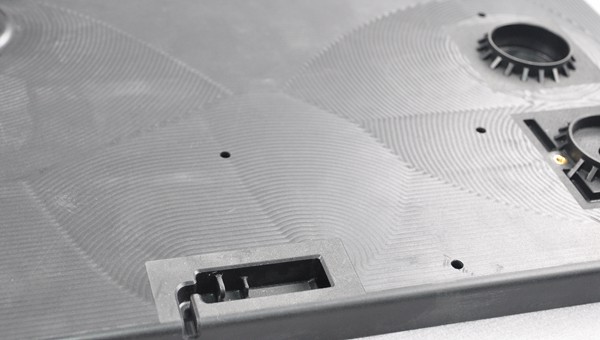
Improved thermal stability
Thermal stability is another property of glass fiber reinforced nylon. This means that it maintains the material's properties, such as strength and hardness, even with large temperature differences.
This not only results in a high degree of dimensional stability, but also maintains performance at different temperatures, making this plastic excellent for different applications.
Low creep properties
Creep resistance is an important property for load-bearing parts. Over time, mechanical stress leads to permanent deformation of materials, which also leads to loss of mechanical performance.
This is a common problem with some engineering plastics, which are softer and generally have low creep resistance. Glass-reinforced nylon is one of the best plastics in terms of creep resistance and can therefore be used in static load applications such as boxes and consumer products.
Good material cushioning
Damping is the ability of a material to absorb shock loads and resist vibrations. This is critical in vibration-sensitive applications such as automotive components, household appliances and circuit packages. The high damping of the material of the PA+GF variants is one of its strong points.
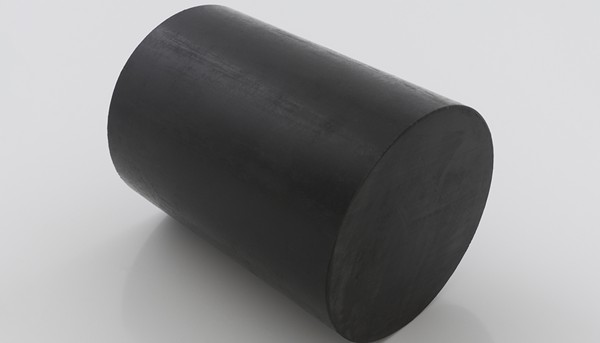
Qualities of machined fiberglass reinforced nylon
Glass-reinforced nylon comes in several grades, each with its unique combination of properties and uses. Below we explain the differences.
PA 6/6GF
PA 6/6 GF contains 15-50% glass in a PA 6/6 base material. It has excellent mechanical and thermal properties, including rigidity, impact resistance, moisture absorption and thermal stability. Additionally, this type of fiberglass-reinforced nylon exhibits exceptional dimensional stability, making it suitable for precision applications.
This grade is suitable for the production of load-bearing components such as pulleys and machine elements.
PA 6GF
PA 6 GF uses nylon 6 (PA 6) as a base compound with a glass content of up to 15-45%. The addition of glass fibers improves mechanical performance, moisture absorption and impact resistance.
Because of these high-performance properties, it is commonly used in wiring, plastic enclosures, and motor protection devices.
PA 12GF
This type of nylon reinforced with fiberglass is based on PA 12 with a glass content of up to 30%. It has a different base material than the PA 6-based varieties discussed previously, and the material properties are also more in line with PA 12.
Compared to PA 6, PA 12 has greater chemical and moisture resistance, but also has lower strength and melting temperature. It's also more flexible. Therefore, PA 12 GF is a good choice when an application requires high chemical resistance and mechanical performance may be compromised.
PA 46GF
PA 46 GF is a high performance glass fiber reinforced nylon with excellent strength, thermal stability, wear resistance and low water absorption. It excels in most material properties compared to other types of PA+GF, making it ideal for applications such as electric motor components, circuit breakers, sensors and automotive parts.
PA 6/6 GF FR
PA 6/6 GF FR is a very special type of glass fiber reinforced nylon with flame retardant properties. In addition to the same properties as the PA 6/6 GF mentioned above, it is characterized by low flammability, which is not common in nylon-based material groups.
Its low flammability provides additional safety in fire-risk applications, such as: B. in electrical circuits and household appliances. In addition, it is also a good material choice for automotive and aircraft parts near ignition-hazardous components.
Advantages of using glass fiber reinforced nylon for CNC machining
Fiberglass reinforced nylon offers an excellent combination of desirable material properties. The main reasons why manufacturers choose glass fiber reinforced nylon for machining applications are as follows:
Thermal stability
Thermal performance is also an important issue in CNC plastic machining. Most materials tend to soften due to their low melting point. Glass-reinforced nylon maintains its properties at high machining temperatures due to its greater thermal stability, making it a good choice for machining. Furthermore, it also resists thermal problems such as warping.

Dimensional stability
Dimensional accuracy is of utmost importance in manufacturing. Plastic parts deform easily during or even after processing, making it difficult to produce them according to manufacturing requirements. Fiberglass-reinforced nylon can maintain its shape down to the micron level due to the additional strength provided by glass fibers, making it the perfect plastic material for CNC machining.
Impact resistance
Due to its high strength and hardness, fiberglass reinforced nylon is excellent at withstanding shock loads without breaking. This feature is extremely useful in CNC machining of plastics as it reduces wastage of parts and materials.
Challenges and solutions in processing glass fiber reinforced nylon plastics
Glass fiber reinforced nylon is ideal for processing plastic parts. However, it presents machinists with a unique set of challenges that must be approached sensitively to achieve the desired results.
This section discusses the properties of glass-reinforced nylon for machining and how to resolve these issues during production.
Excessive tool wear
Adding glass to the mix complicates things even further. Glass-reinforced nylon has remarkable friction and wear properties due to the glass fibers, but it is extremely hard on the cutting tool and causes excessive and rapid wear on the cutting edge.
To deal with this, machine operators use hard cutting inserts such as carbide or ceramic. Furthermore, tip preparation is also very important. Tools with sharp edges and positive rake angle are suitable for PA+GF.
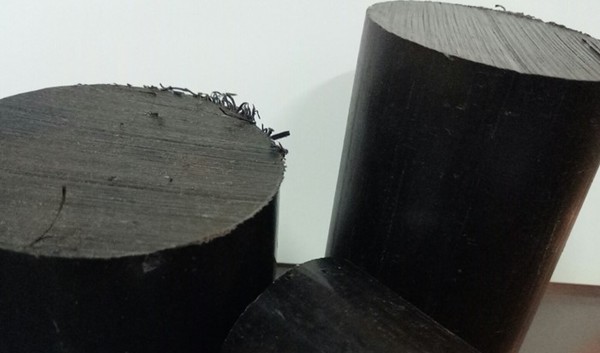
Delamination
Because glass-reinforced nylon is a composite material, delamination is a problem that machine operators must deal with. Delamination means that the glass is ripped away from the nylon during the cutting process and damaged in the process. This is clearly an undesirable scenario that should be avoided.
To solve this problem, machinists typically optimize the tool path so that it is oriented in the direction with the lowest risk of delamination. For example, drilling operations are performed perpendicular to the lamination orientation to avoid delamination problems.
Glass Fiber Reinforced Nylon Machining Parts Applications
Fiberglass reinforced nylon can be used in numerous machining applications. Some of them are the following:
- Gearbox for light to medium heavy loads
- Low friction bearings
- Fasteners and spacers/washers
- Circuit Housing
- Boxes and handles for household appliances
- Housing for power tools
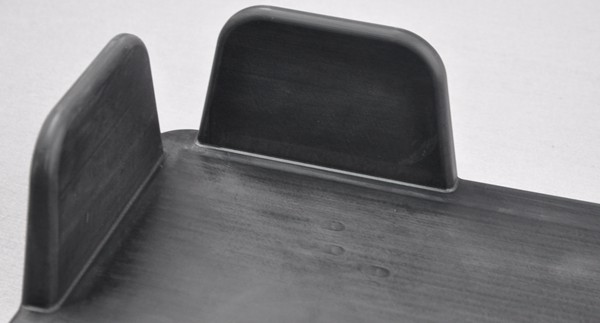
Alternative methods for processing glass fiber reinforced nylon
Machining is not the only common method of producing fiberglass-reinforced nylon. It is very popular in rapid prototyping circles due to its suitability for product development purposes. Some of the alternative PA+GF processing methods are as follows:
3D printing
Glass fiber reinforced nylon is one of the exotic composite filaments in 3D printing with admirable mechanical and thermal properties. These properties are impressive for prototyping tasks where the final product must withstand harsh conditions such as high temperatures or friction.
The main 3D printing process for glass fiber reinforced nylon is selective laser sintering (SLS). Occasionally, other methods such as multijet fusion (MJF) may also be used.
Injection molding
The properties of PA+GF are ideal for injection molding, a popular process for processing engineering plastics. Injection molding produces results similar to machining, but may not be able to achieve some of the complex geometric characteristics.
As with machining, the abrasive nature of glass particles causes problems such as mold wear and rough surface finishes. Furthermore, the anisotropic nature of glass fiber reinforced nylon poses another problem: it causes the mold filling process to become uneven, resulting in uneven warping and shrinkage of the product.
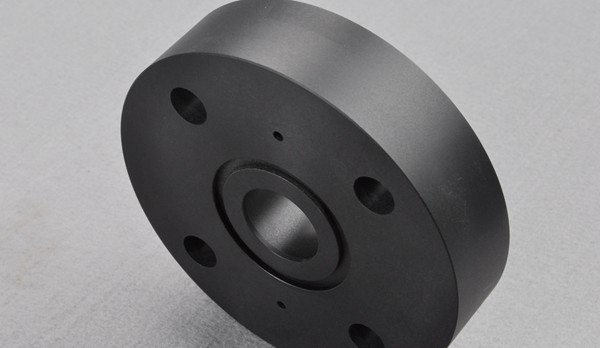
Get Machined Fiberglass Reinforced Nylon Parts from WayKen
Whether you need prototypes or small runs, we have machining capabilities like CNC milling, turning, 3D printing, injection molding and surface finishing to deliver your metal and plastic parts. Our team is also committed to maintaining strict standards in the production process to ensure each product meets your exact specifications.
With a focus on customer satisfaction and personalized support, we are ready to turn your ideas into reality. Contact us today to discuss your project.

Concluding
Glass fiber reinforced nylon is a special material with impressive properties such as high strength, hardness, heat resistance and creep resistance, making it an excellent engineering plastic. In terms of machinability, it presents challenges such as tool wear and biohazardous dust. However, if you take this process seriously, these problems will be very manageable.
Common questions
How to choose glass fiber reinforced nylon for machining applications?
Fiberglass-reinforced nylon becomes stronger and harder as the fiberglass content increases, but it is also more difficult to machine. Therefore, when selecting a grade for machining applications, engineers try to find the sweet spot where they achieve the best mechanical and thermal properties, but at the same time do not compromise machining quality and machine life.
What safety precautions are important when processing fiberglass reinforced nylon?
Fiberglass-reinforced nylon creates dust that contaminates the workshop environment and coolant. To properly dispose of this material, adequate ventilation and filtration must be provided.
How does glass reinforced nylon compare to unreinforced nylon?
Glass fiber reinforced nylon has better material strength, hardness, thermal expansion rate, chemical resistance, creep resistance and cushioning.

























































